TA = 25°C, VIN =
3.6 V, unless otherwise noted.
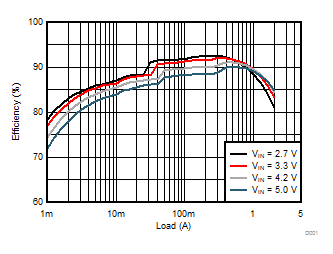 Figure 9-2 Efficiency, PWM/PSM Mode (2.0 MHz)
Figure 9-2 Efficiency, PWM/PSM Mode (2.0 MHz)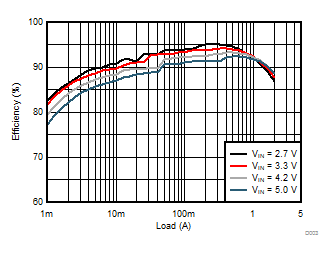 Figure 9-4 Efficiency, PWM/PSM Mode (2.0 MHz)
Figure 9-4 Efficiency, PWM/PSM Mode (2.0 MHz)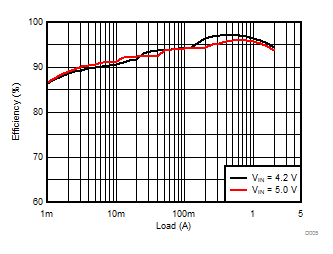 Figure 9-6 Efficiency, PWM/PSM Mode (2.0 MHz)
Figure 9-6 Efficiency, PWM/PSM Mode (2.0 MHz)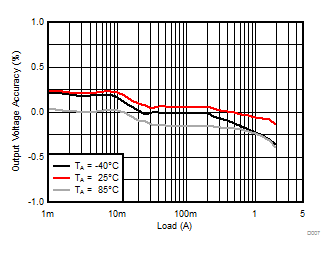 Figure 9-8 Load
Regulation, PWM/PSM Mode (2.0 MHz)
Figure 9-8 Load
Regulation, PWM/PSM Mode (2.0 MHz)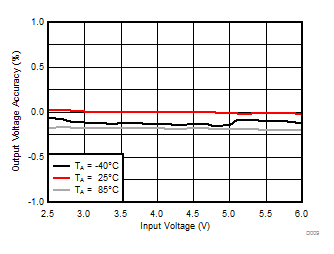
| VOUT = 1.2
V |
IOUT = 500
mA |
Figure 9-10 Line
Regulation, Forced PWM Mode (2.0 MHz)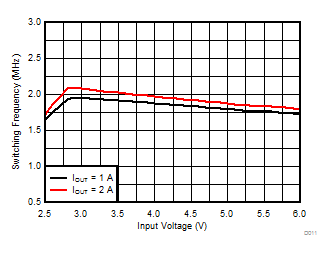
| VOUT = 1.2
V |
MODE
= High after PWM/PSM Selection |
Figure 9-12 Switching Frequency, Forced PWM Mode (2.0 MHz)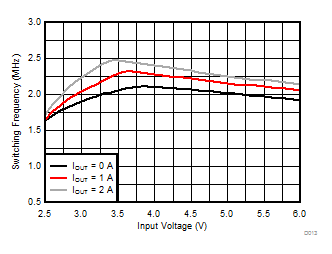 Figure 9-14 Switching Frequency, Forced PWM Mode (2.5 MHz)
Figure 9-14 Switching Frequency, Forced PWM Mode (2.5 MHz)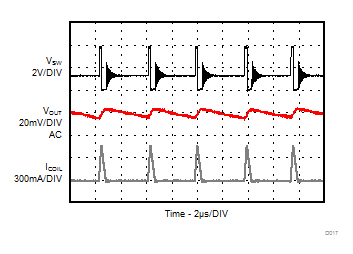
| VOUT = 1.2
V |
IOUT = 30
mA |
Figure 9-16 Output Ripple, Power Save Operation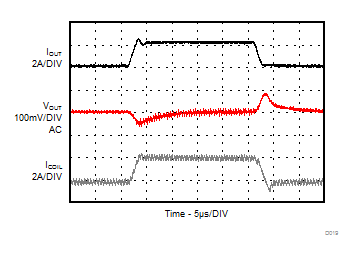
| VOUT = 1.2
V |
IOUT = 0 A to 2 A, 1 A / µs |
Figure 9-18 Load
Transient, Forced PWM Mode (2.0 MHz)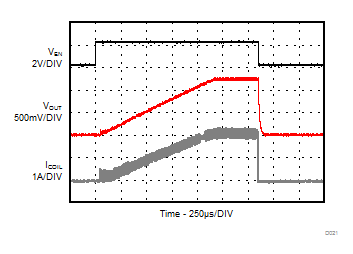
| VOUT = 1.2
V |
ROUT = 0.6 Ω (2
A) |
Figure 9-20 Startup and Shutdown with Load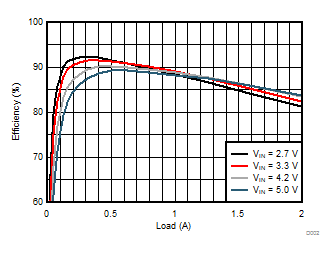 Figure 9-3 Efficiency, Forced PWM Mode (2.0 MHz)
Figure 9-3 Efficiency, Forced PWM Mode (2.0 MHz)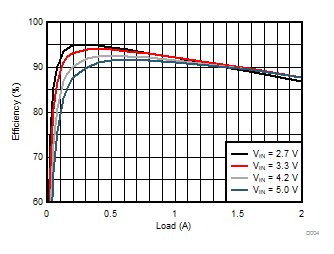 Figure 9-5 Efficiency, Forced PWM Mode (2.0 MHz)
Figure 9-5 Efficiency, Forced PWM Mode (2.0 MHz)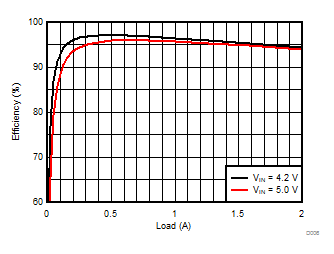 Figure 9-7 Efficiency, Forced PWM Mode (2.0 MHz)
Figure 9-7 Efficiency, Forced PWM Mode (2.0 MHz)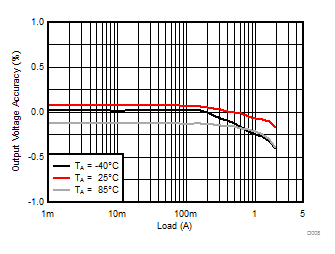 Figure 9-9 Load
Regulation, Forced PWM Mode (2.0 MHz)
Figure 9-9 Load
Regulation, Forced PWM Mode (2.0 MHz)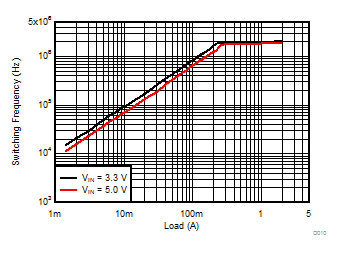 Figure 9-11 Switching Frequency, PWM/PSM Mode (2.0 MHz)
Figure 9-11 Switching Frequency, PWM/PSM Mode (2.0 MHz)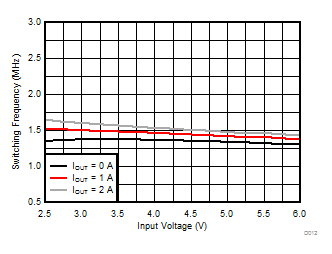
| VOUT = 1.2
V |
RMode = 8.2
kΩ |
Figure 9-13 Switching Frequency, Forced PWM Mode (1.5 MHz)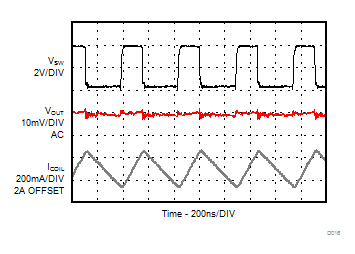 Figure 9-15 Output Ripple, PWM Operation (2.0 MHz)
Figure 9-15 Output Ripple, PWM Operation (2.0 MHz)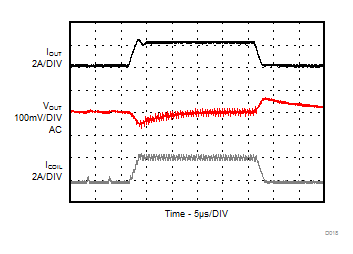
| VOUT = 1.2
V |
IOUT = 0 A to 2 A, 1 A / µs |
Figure 9-17 Load
Transient, PWM/PSM Mode (2.0 MHz)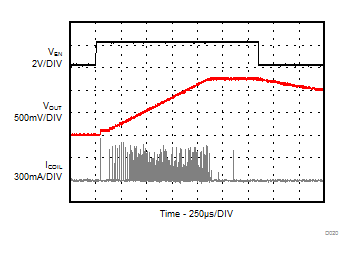
| VOUT = 1.2
V |
ROUT = No
Load |
Figure 9-19 Startup and Shutdown without Load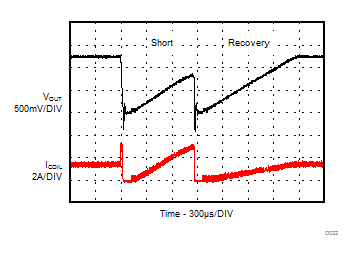
| VOUT = 1.2
V |
ROUT = 0.8 Ω (1.5 A) with 1-ms
short |
Figure 9-21 Short
Circuit Protection, HICCUP



















